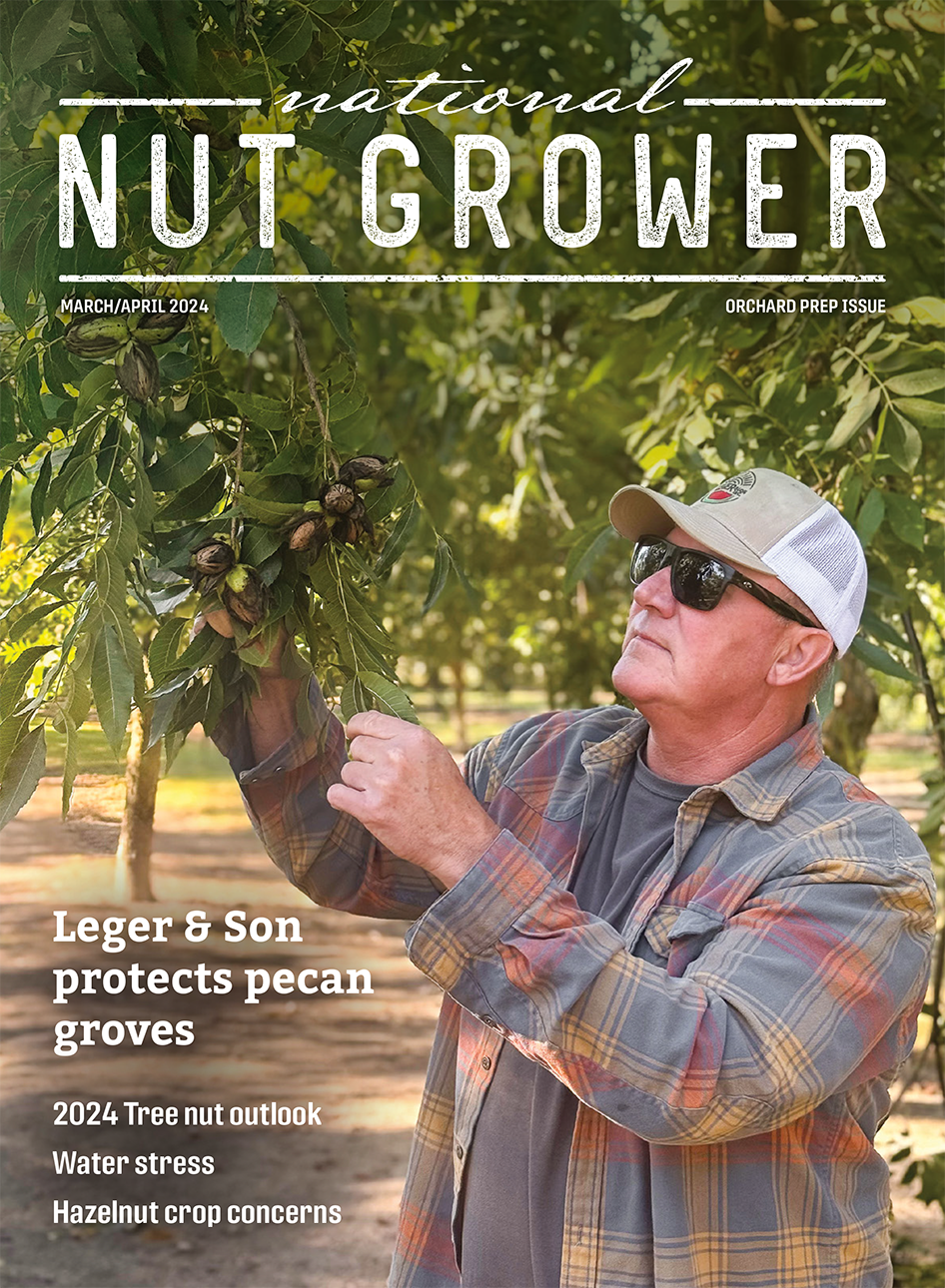pest management
The U.S. Department of Agriculture (USDA) is investing in programs designed to support the U.S. specialty crops industry, including promoting exports and funding a maximum residue limits (MRL) databas...
more »
Researchers employ a novel approach to combating this pest
more »
Tree nut crops in California are now faced with a new threat. The pest is called carpophilus beetle (Nitidulidae: Carpophilus truncatus). Houston Wilson, Associate Cooperative Extension Specialist (Dept. Entomology, UC Riverside) provided National Nut Grower with some important details about this pest.
more »
FarmSense’s pest monitoring system has won worldwide recognition.
The agtech startup has been awarded the top prize in Bayer's global Grants4Tech Pest Monitor Challenge. The FarmSense team recent...
more »
The wave of atmospheric rivers that swept across the state this winter has created the right conditions for plant pathogens that haven’t been seen for decades in California. University of California...
more »
Erin Lizotte, Michigan State University Extension, shares crop progress and considerations for the week of May 9, 2023
more »
FlightSensor monitors insects through AI
more »
The California Department of Food and Agriculture (CDFA) has awarded $1.1 million in funding to support two integrated pest management technical assistance (TA) projects. The projects will help grower...
more »
Leaffooted plant bugs posing bigger threat to tree nuts.
more »
Close monitoring and smart rotations are key
more »

